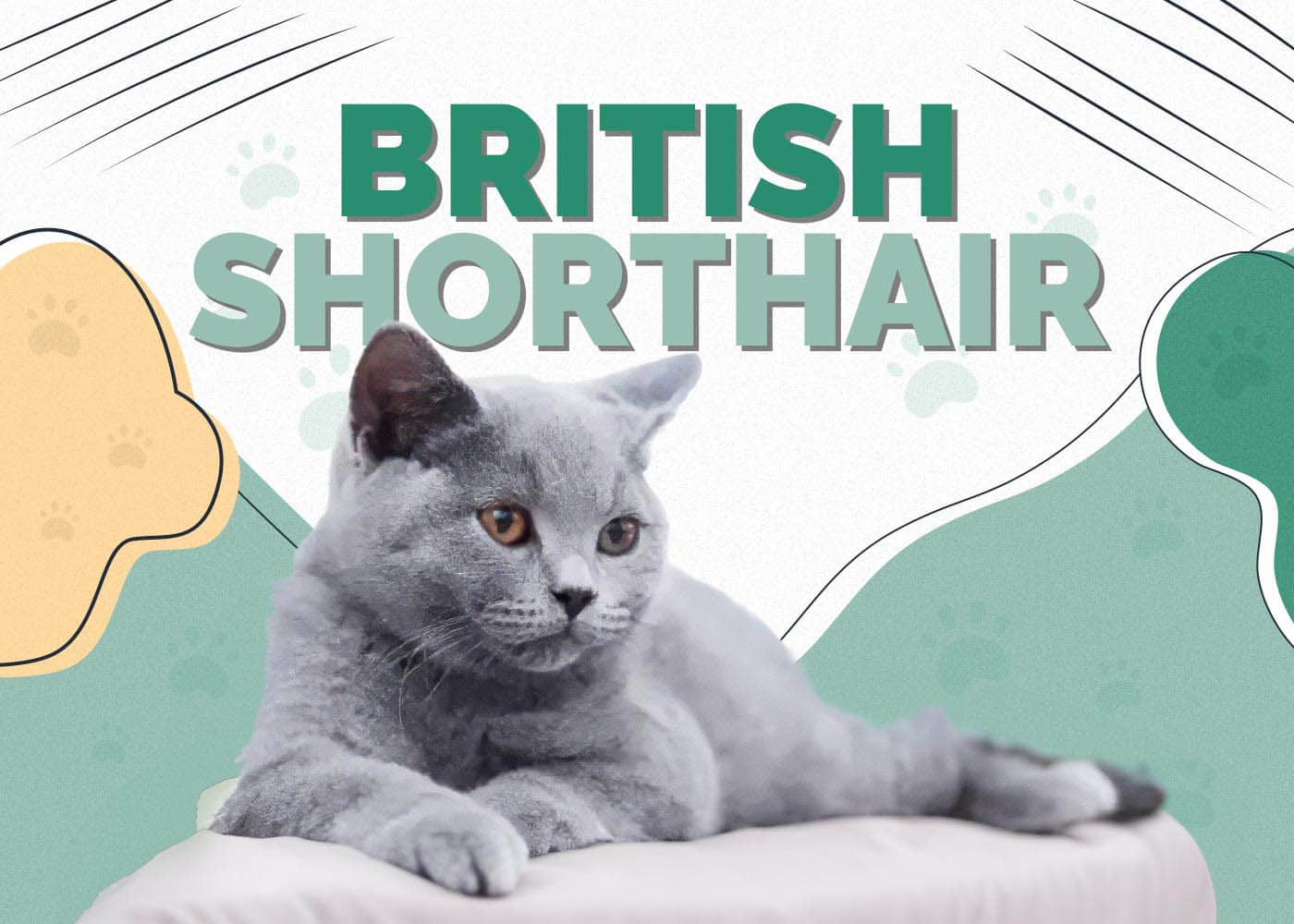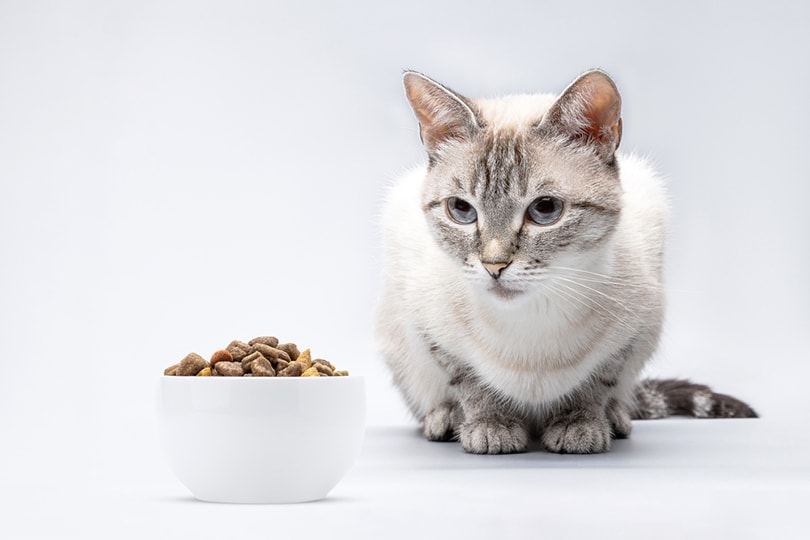What Do Feral Cats Eat in the Wild? Eating & Hunting Habits Explained

By Misty Layne
Updated on
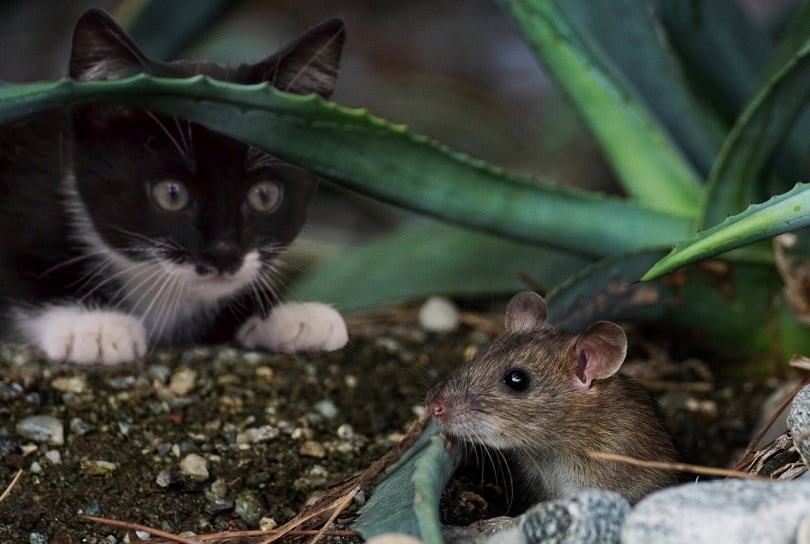
Chances are there’s a feral cat population in your neighborhood because wild, free-roaming felines are found almost everywhere. While these kitties may seem similar to our own, they’re actually wholly different. Feral cats don’t like interacting with humans, and they don’t have consistent sources of food like our pets.
So, what do feral cats in the wild eat, then? How do they find food? And are feral felines really decimating the bird population, as many think? The truth is that feral cats in the wild rely on the sources of food that are easiest and quickest to find, such as small animals like lizards and rodents, and often food scraps thrown away by humans.
Find out more below!
Feral Cat vs. Domesticated Cat Diet
First, let’s look at a feline’s natural diet.1 There’s been plenty of research into how cats eat in the wild because several feline diseases (such as diabetes) have been linked to the food we feed our pets. So, how does a feral cat’s diet differ from that of a domesticated kitty?
Well, research has found that felines in the wild will get 52% of their calories from protein and 46% from fat. That means feral cats only get 2% from carbs. However, the foods we feed our pets tend to be much higher in carbohydrates.
Cats in the wild also break meal time down into many small meals throughout the day. Some of us may leave food out for our pets so they can nibble on it when they want during the day, but it isn’t quite the same, as feral cats have to work for their food by hunting it.
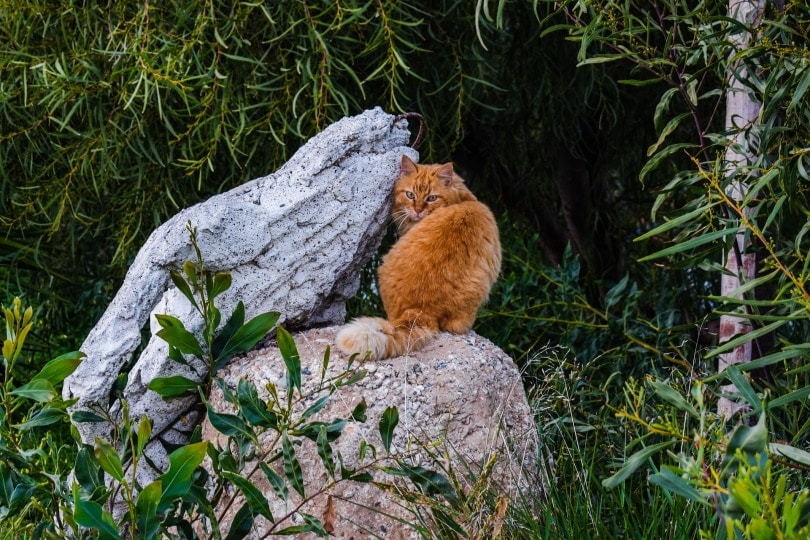
What Do Feral Cats Eat?
That leads us to the question of what do feral cats in the wild eat? These felines eat only a small variety of things for the most part, but they will also eat what’s easiest and quickest to find.2 And part of what determines what they eat is where they are living.
Feral cats living near people will take advantage by eating from people’s garbage. And who can blame them? Garbage is right there, ready for the taking! That doesn’t mean these cats don’t also hunt (though feral cats living further from humans will hunt more).
When it comes to hunting, contrary to popular belief, it’s not birds that feral cats go after most—it’s rodents. In fact, one study found that, on average, a feral cat kills and consumes nine mice each day (along with several unsuccessful hunts thrown into the mix). And this makes sense because rodents are much easier to hunt than birds. A feral cat can simply sit outside a rodent’s burrow and wait for it to appear, while birds are able to quickly fly away at the first hint of danger.
That’s not to say feral felines never hunt and kill birds, but they’re much more likely to eat mice. Other foods that round out a feral cat’s diet are insects, lizards, snakes, and, occasionally, rabbits if they are found nearby.
Feral Cats & Birds
Many people think that feral cats are responsible for the decline in bird populations, but as we said above, these felines don’t kill birds that often. Research has shown that mammals are consumed three times more than birds by feral cats, and even when birds are hunted, these cats don’t kill large numbers of one species at a time but rather hunt different species.
Plus, there’s evidence that when feral cats prey on birds, it’s “compensatory predation”. What does that mean? It means these kitties are hunting birds that likely would have died anyway because they were weaker or sick. And because these birds would have died regardless of being hunted, their deaths don’t affect population levels.
Not to mention feral felines play an important (and complex) role in ecosystems. Take this study that looked at the effects of getting rid of every feral cat on an island in order to protect endangered species. Instead of species being protected, the island’s population of rabbits grew out of control and destroyed the local vegetation, which in turn had a negative impact on several other animal species. Then, approximately 130,000 rodents came into the local ecosystem. Overall, the removal of the cats led to more negative consequences than positive ones.
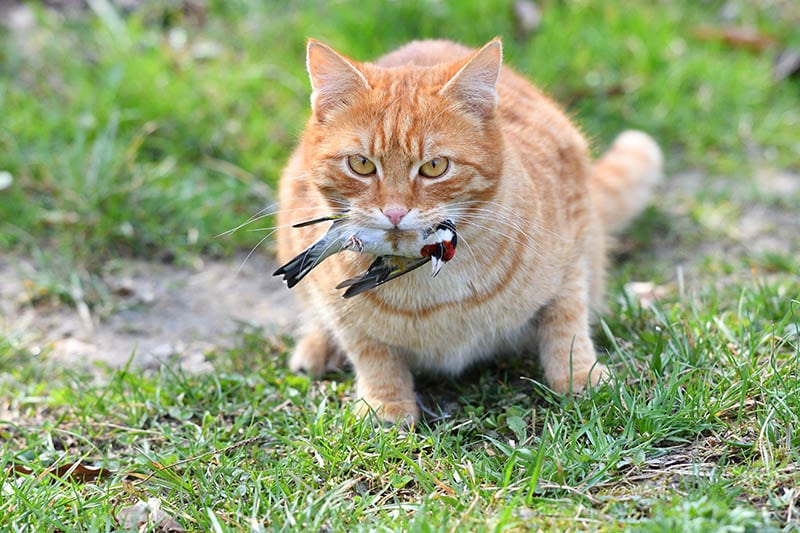
Final Thoughts
Feral cats might have a more difficult time getting food than our pets do, but they certainly manage by eating whatever is available. If a feral cat colony lives near humans, they’ll go through people’s garbage for food. Feral cats will also hunt—mostly rodents and insects, sometimes lizards or snakes, and occasionally, birds. However, these felines aren’t responsible for declining bird populations, as is often thought, since they hunt rodents far more often than birds.
And though some would like to see feral cats removed from the streets, these kitties play an important role in local ecosystems. Removing them could cause far more damage than good.
Featured Image Credit: 165106, Pixabay


